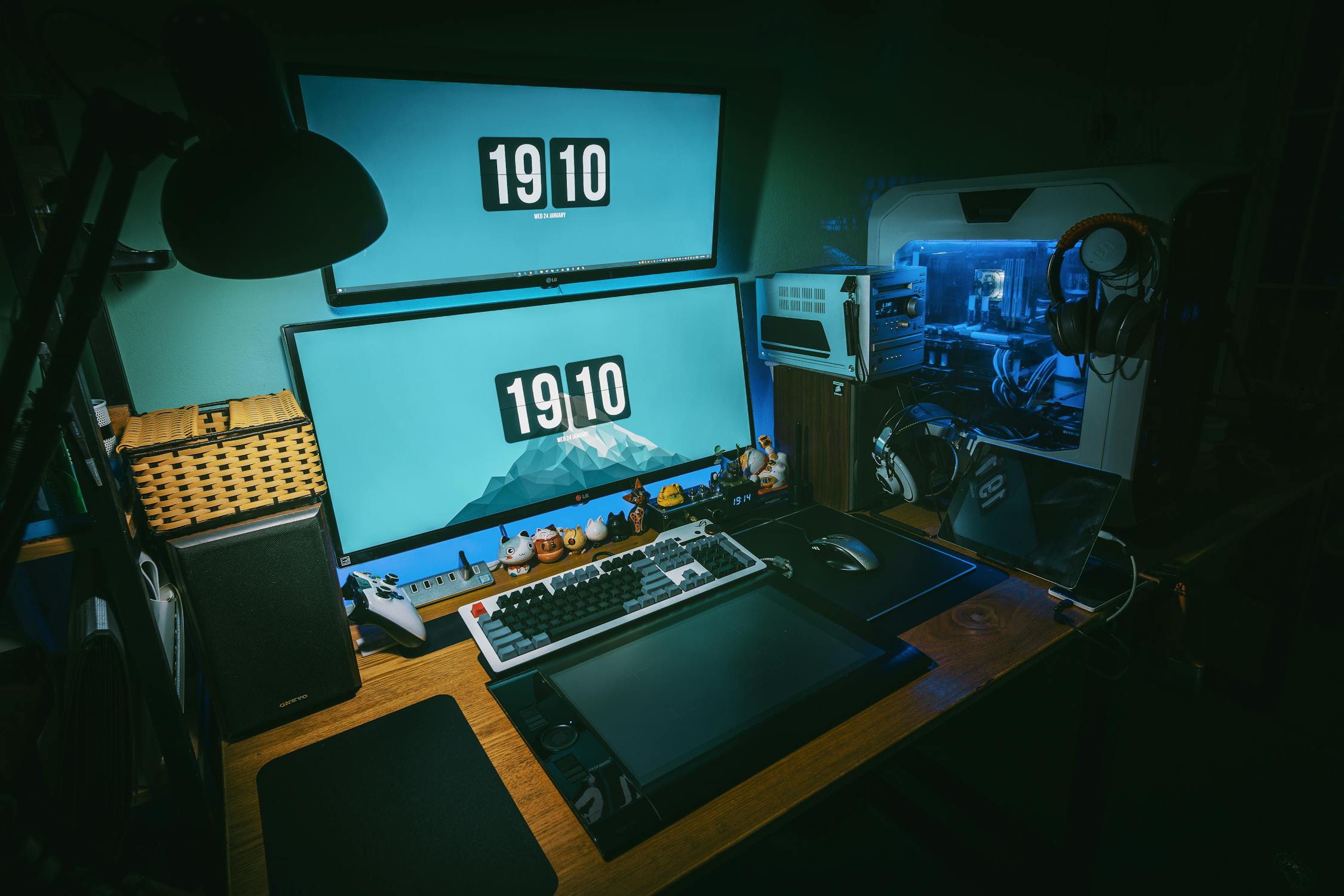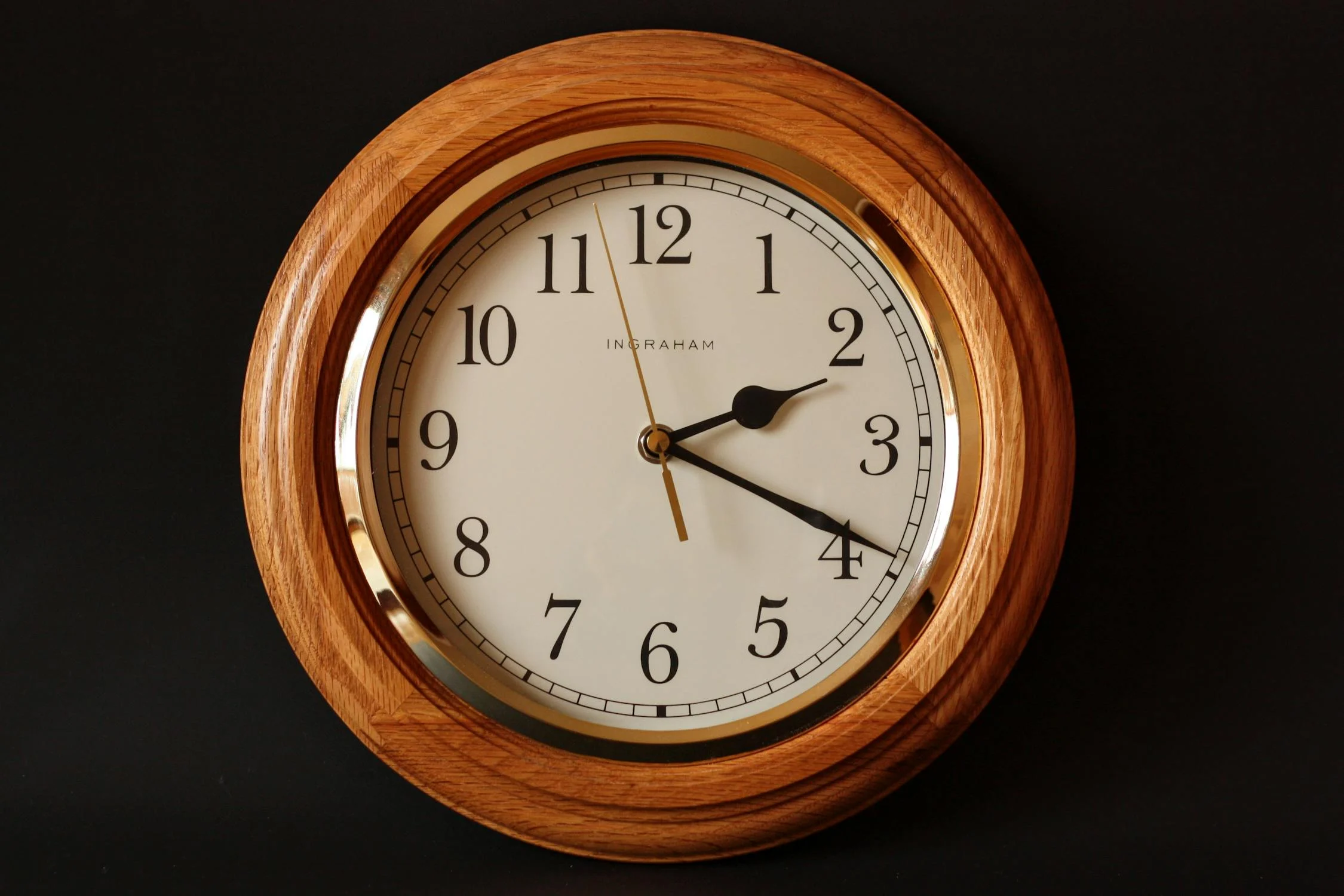Timekeeping has evolved with technology, bringing smart board clocks into the spotlight. Unlike traditional wall clocks, smart board clocks offer interactive features, integration with whiteboard touch screens, and customizability. This article delves into their differences, benefits, and applications across various settings, including schools, offices, and homes. Whether you value simplicity and affordability or innovation and efficiency, this guide will help you choose the right clock for your needs.
As technology continues to transform the way we work, learn, and interact, many of us find ourselves wondering whether the good old traditional wall clock is still enough or if it’s time to upgrade to something smarter, like a clock for smart board. We’ve all been there, struggling to keep track of time while using interactive whiteboards, teaching, or running meetings. So, is it time to switch to a smart board clock or stick to the classic version? Let’s dive in and figure it out together!
What’s the Difference Between a Smart Board Clock and a Traditional Wall Clock?
Before we get into which one is better, let’s first look at what sets them apart.
Smart Board Clock
A clock for smart board is more than just a clock. It’s often integrated with digital displays, like a whiteboard touch screen. These clocks can show not only the time but also other functionalities like timers, reminders, or even alarms. Some come with advanced features like interactive clocks for smart boards, which you can use to sync with your calendar or tasks. They enhance time management and offer a modern, interactive experience, making them ideal for schools, offices, and collaborative environments.
Traditional Wall Clock
This is the clock that has been hanging on our walls for decades. It does one thing and one thing only—tell the time. Sure, you may have a clock with an alarm or a more stylish design, but it lacks the multi-functionality and interactivity that a smart board clock offers. However, it remains a reliable and budget-friendly option that requires little to no maintenance.
Benefits of a clock for smart board

Seamless Integration with Your Tech
One of the major advantages of a smart board clock is its ability to integrate seamlessly with other technologies. If you're using a whiteboard touch screen like the NEARHUB Board S55, you can easily display the time on the board, and even set timers or alarms for specific tasks. This makes it especially useful for classrooms, meetings, and presentations.
Interactive and Engaging
If you’ve ever used an interactive clock for a smart board, you’ll know how engaging and useful it can be. You can change settings, add extra functionalities, or even display the time in various formats. This is particularly beneficial in educational environments, where visual and interactive elements improve learning experiences.
Multiple Functions in One Device
Unlike traditional clocks, smart board clocks can show reminders, countdowns, and integrate with productivity apps. If you're hosting a workshop or lecture, you can track progress and keep your audience engaged by using the clock to show upcoming events or deadlines. Additionally, they can be paired with a webcam whiteboard like the NEARHUB Board S65, further enhancing virtual collaboration.
Customizable Features
A clock for a smart board can be customized to display the time, date, weather updates, and more. You can also adjust its appearance to match your brand or style. This flexibility makes it an excellent choice for businesses and classrooms looking for a personalized experience.
Benefits of a Traditional Wall Clock

Simplicity at Its Best
The traditional wall clock is simple and ready to use as soon as you hang it up. No need for syncing, software, or complicated setup. It’s the ultimate plug-and-play timekeeping solution.
No Tech Overload
With so many digital devices around us, a physical clock can be a welcome break from screens. Having a traditional wall clock allows you to keep track of time without the distraction of notifications or digital interfaces.
Budget-Friendly
Traditional wall clocks are often more affordable than clock for smart board, with no additional costs for software, batteries, or connectivity. If cost is a key consideration, a classic wall clock is a great option.
Aesthetic Appeal
Traditional clocks come in a variety of styles, from vintage to modern, making them a decorative piece for any room. Whether you prefer a minimalist design or a statement piece, a traditional clock can enhance your space while serving its practical purpose.
Which One is Better for Different Settings?
In the Classroom
A smart board clock timer can be a game-changer for educators. Interactive clocks for smart boards help track time during lessons and quizzes. Integrated with whiteboard touch screens, they become teaching tools that enhance engagement and improve time management in the classroom. Students can see timers, schedules, and reminders all in one place.
In the Office
For meeting rooms, a smart board clock paired with a webcam whiteboard can display schedules, timers, and integrate with calendars. This helps keep meetings on track and improves productivity. However, a traditional clock still serves well in offices that do not rely heavily on digital tools and prefer a distraction-free environment.
At Home
If you love tech, a smart board clock timer can be a fun addition to your home office or living room. It can sync with your smart devices, display reminders, and even provide weather updates. On the other hand, if you just need a simple and stylish way to tell the time, a traditional wall clock is a practical and low-maintenance choice.
Is the Smart Board Clock Worth the Investment?
If you value functionality and integration, a smart board clock is worth considering—especially if you use a 75 smart board or an interactive whiteboard canvas. These features make it an excellent tool for educators, businesses, and tech-savvy households. However, if your main priority is affordability and simplicity, a traditional wall clock will do just fine.

FAQs
Can I use a smart board clock for more than just timekeeping?
Yes! Many smart board clocks come with timers, reminders, and calendar syncs, making them a useful tool for meetings and lessons.
Are smart board clocks more expensive than traditional clocks?
Generally, yes. Smart board clocks offer more features, which add to their value in educational and professional settings.
How easy is it to set up a smart board clock?
Most interactive clock for smart board are easy to set up and sync with devices via Bluetooth or Wi-Fi. Some models even allow remote control through apps.
Can I customize my smart board clock’s appearance?
Yes! Many interactive clocks for smart boards allow customization, including color, font, and display settings. Some models even offer voice control and gesture recognition.
Do traditional wall clocks need batteries?
Some do, especially quartz-driven models, while others are mechanical or wind-up clocks. Battery-operated models typically last several months before needing a replacement.
Can a smart board clock timer help improve productivity?
Absolutely! With built-in timers, alarms, and task management features, a smart board clock can help streamline workflows in offices, classrooms, and even home offices.
Do interactive clock for smart board require an internet connection?
Some features, such as cloud syncing and app integrations, may require internet access, but basic timekeeping functions typically work offline.
Conclusion: Which One is Right for You?
Both smart board clocks and traditional wall clocks have their advantages. If you want an interactive, tech-integrated tool, go for a smart board clock timer . If you prefer simplicity and reliability, stick with a traditional wall clock.
If you're ready to upgrade, check out the NEARHUB for a smarter timekeeping experience.
Happy timekeeping!












































